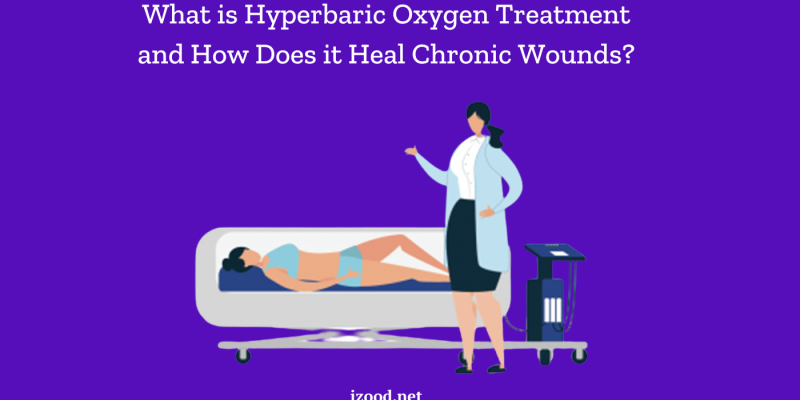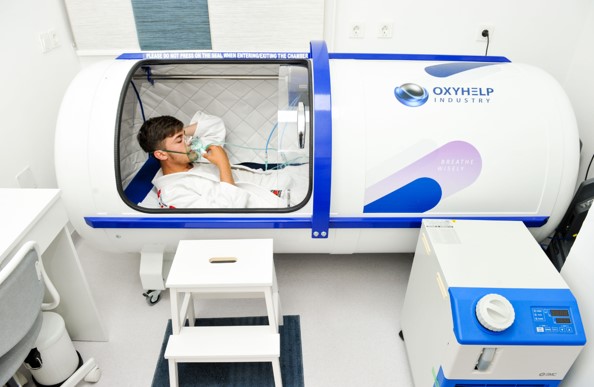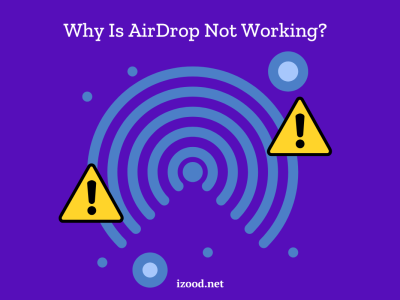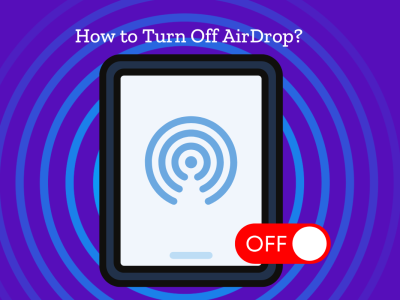
Here’s an unexpected revelation: Your wound can benefit from some fresh air if it isn’t healing.
The good news is that hyperbaric oxygen therapy, a medical procedure, allows nonhealing wounds to receive that pure oxygen, or fresh air. The news that’s even better? Most patients find that hyperbaric oxygen therapy is effective even in cases where other therapies have failed.
What is hyperbaric oxygen therapy, though? How does it aid in healing chronic wounds? Continue reading to find out more about wound healing hyperbaric oxygen therapy.
What is Hyperbaric Oxygen Therapy
During a hyperbaric oxygen therapy session, you will be in an enclosed hyperbaric chamber with 100% oxygen. Treatments for decompression sickness and carbon monoxide poisoning include hyperbaric oxygen therapy. Hyperbaric oxygen treatment is, however, most frequently and successfully used to treat chronic, nonhealing wounds.
The pressure of the air in the chamber is two to three times higher than usual during hyperbaric oxygen therapy. The extra pressure in your blood might cause the oxygen level to even triple. As a result, every cell, tissue, and organ in your body receives more oxygen as blood circulates throughout it.

Hyperbaric Oxygen Therapy Advantages
Increased blood-oxygen levels can assist your body in overcoming wound-healing complications like inflammation, impaired immune system function, and poor circulation. Moreover, increased oxygen concentrations will:
- Help you heal by bringing higher levels of oxygen-rich blood to the wound site.
- Defend against bacteria and fortify your defences.
- Encourage the growth factors that aid in healing to be released.
- Aid in the formation of new collagen and skin cells.
Hyperbaric Oxygen Therapy For Wounds
When alternative forms of treatment are ineffective for a patient’s wounds, hyperbaric oxygen therapy may be considered. The following injuries can be managed with hyperbaric oxygen therapy:
- Diabetic sores and ulcerations
- Ulcers and sores on lower legs
- Certain bedsores, or pressure ulcers
- Gangrene
- Skin flaps and grafts
- Infections in wounds following surgery
- Burns from radiation
How Well Hyperbaric Oxygen Therapy Works
Even very old nonhealing wounds can benefit from hyperbaric oxygen therapy. However, what is its effectiveness? Based on real-world evidence from over 600,000 wounds, hyperbaric oxygen therapy can heal about 75% of wounds.
Depending on your wound and if you finish all of your treatments, results may differ. However, evidence suggests that positive outcomes are possible even with severe wounds, such as gangrene in the forefoot.
According to the same statistics, individuals with deep diabetic ulcers saw a recovery rate of more than 60% after receiving hyperbaric oxygen therapy; if they finished all of the recommended sessions, this percentage increased to 75%.
What Actually Occurs During Hyperbaric Oxygen Treatment?
You will lie in a room that resembles a tube and be surrounded by pure oxygen throughout your session. There are tight rules about what can and cannot be done in the HBOT chamber for your protection. You won’t be allowed to bring anything into the chamber.
What is the duration of a hyperbaric oxygen therapy session? Sessions lasting two hours or longer are typical when using oxygen therapy for wound healing, though this may vary depending on your particular wound.
Things To Expect While In a Hyperbaric Chamber
A lot of people are curious about what hyperbaric oxygen therapy feels like. Here are some things to be aware of:
- You will be able to see since the hyperbaric chamber’s transparent walls allow you to see what is going on around you.
- You will be able to speak with the care team at any moment because of an intercom that you can use.
- You can watch a movie or listen to music on the TV above the hyperbaric chamber, so you don’t have to be bored during your session. You can also feel free to nap.
- You might be able to sense the increased pressure of the air. The majority of people don’t experience any pain or discomfort from the increased air pressure, and some don’t even notice it. However, yawning or swallowing can help some people who have fullness in their ears similar to what they might experience on a plane due to the increased air pressure.
- The movement of oxygen may be audible to you. During your session, you might hear oxygen moving through the hyperbaric chamber. It will be quiet, though, if you’re watching TV or listening to music.
The Number of Hyperbaric Oxygen Treatments Required
The healthcare professional will customize your treatment strategy based on your overall health and wounds. Your goals and the speed at which you would like to see improvements will also be taken into account.
Five days a week for six weeks is the usual course of treatment for hyperbaric oxygen therapy. People may require two treatments per day in certain circumstances, while they may be able to receive fewer in others.
Depending on the nature of your wound and how well your body reacts to treatment, the total number of sessions may change. It usually consists of 30 to 40 sessions, although it can also consist of 10 to 60 sessions.
How Long Hyperbaric Oxygen Therapy Effects Can Last
Hyperbaric oxygen therapy can have a 12-month healing duration. You could only require therapy one or two days a week if and when you enter the maintenance phase of your treatment.
How Safe is Hyperbaric Oxygen Therapy?
In general, hyperbaric oxygen therapy is a safe procedure. However, there may be transient adverse effects as well as extremely uncommon, more serious consequences. Additionally, there are certain individuals for whom hyperbaric oxygen therapy is not appropriate due to safety concerns.
Risks and Adverse Effects of Hyperbaric Oxygen Therapy
Apart from experiencing a sensation of fullness in your ears, the other side effects are typically minor and transient. For example, while some patients report feeling energized following treatment, you may experience extreme fatigue as a result of your body’s cells having to work harder to process more oxygen. It is also possible to have dizziness following therapy.
Rarely, variations in air pressure might result in harm to the nose, ears, eyes, or lungs; however, these injuries are frequently transient and heal on their own. Rarely, an excess of oxygen in the central nervous system might produce seizures in certain individuals. People who take insulin to deal with their diabetes may also experience low blood sugar levels as a result of this therapy.
When Hyperbaric Oxygen Treatment Might Not Be Appropriate
Perhaps not everyone is a suitable fit for hyperbaric oxygen treatment. For instance, if you suffer from severe congestive heart failure, it might not be suitable. Additionally, those who have untreated pneumothorax shouldn’t utilize it; for this reason, lung imaging is performed on all of the patients before treatment.
There are other instances in which a present medical condition may need you to avoid a therapy appointment. If you have uncontrolled hypertension, a fever, or excessively high or low blood sugar levels from diabetes, it might not be safe for you.

![How to Pause Location on Find My iPhone Without Them Knowing? [2024] 18 how to pause location on find my iphone](https://izood.net/wp-content/uploads/2024/10/How-to-Pause-Location-on-Find-My-iPhone-Without-Them-Knowing-400x300.png)


![How To Inspect Element on iPhone [4 Methods] 21 how to inspect element on iphone](https://izood.net/wp-content/uploads/2024/10/how-to-inspect-element-on-iphone-3-400x300.png)


